Cards
(QUICK LINKS: Decks | plants | mammals | birds | | reptiles | fish | cephalopoda | insects | microbe | events
( scientist | project | modifier | technique |)

Nebela
Nebela genus

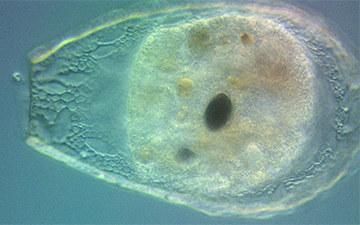
7 POINTS
Play: Nebela has a MOVE of 1, and is considered an EUKARYTROPH
Fact: Nebela are often found living on mosses and humus rich soils. They can be as small as 30um but also reach up to sizes of 380um.

SALICIN (MW: 286.28)
.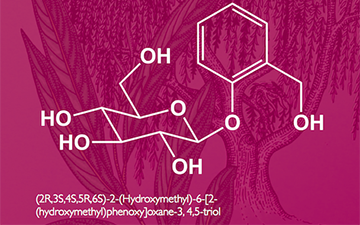
C13H18O7
SOURCE: White Willow
USE: precursor to Aspirin. antipyretic, analgesic, anti-inflammatory.
PLAY: Place under source card for + 5 points.

White Willow
Salix alba

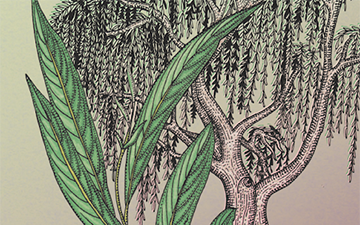
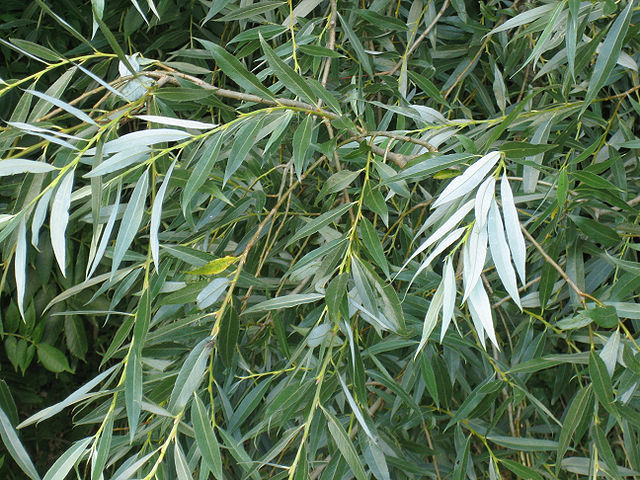
2 POINTS
Fact: The drug Salicin is isolated from the bark of the White Willow.

Water Pollution
Event card
Play: Place this card on any ocean or freshwater based SPECIES card.
Effect: The SPECIES card is IMMEDIATELY discarded.

Research Card
Event card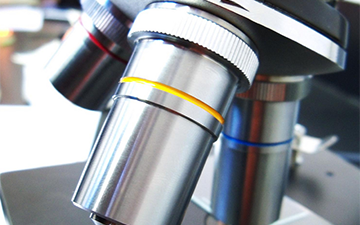
Play: You can play this card immediately after your opponent has played an EVENT card on one of your SPECIES cards.
Effect: Negates the effect of the EVENT card. Does not work on EVENT cards that are not played specifically on top of a SPECIES card.

Lepocinclis
Leponcinclis genus

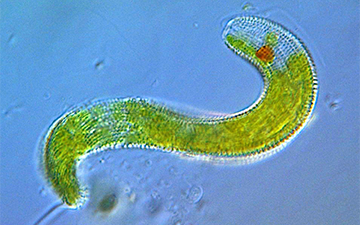
2 POINTS
Play: Leponcinclis has a MOVE of 1, and is considered both a MIXOTROPH.
Fact: Leponcinclis is photosynthetic but can also feed off smaller pond organisms.